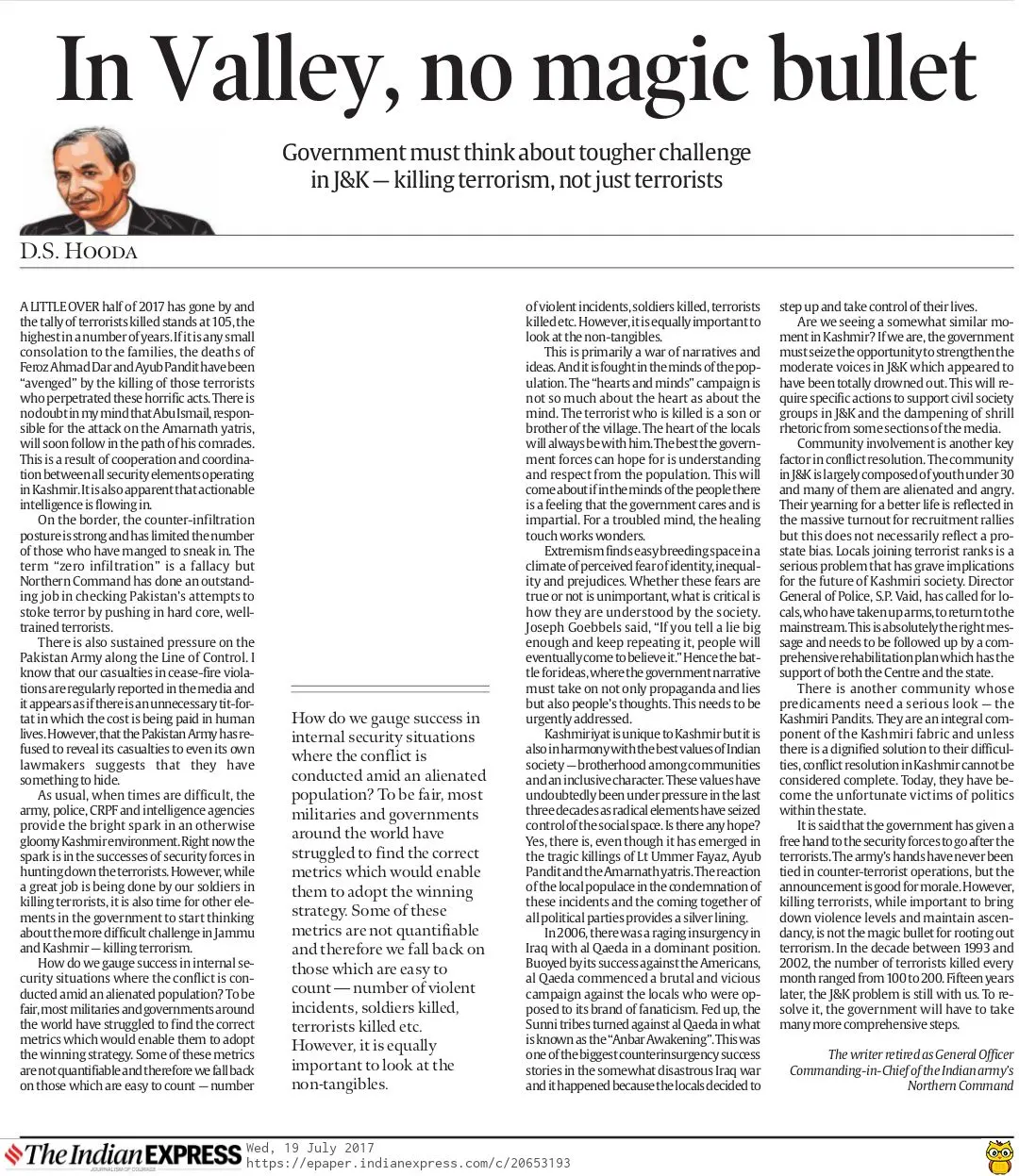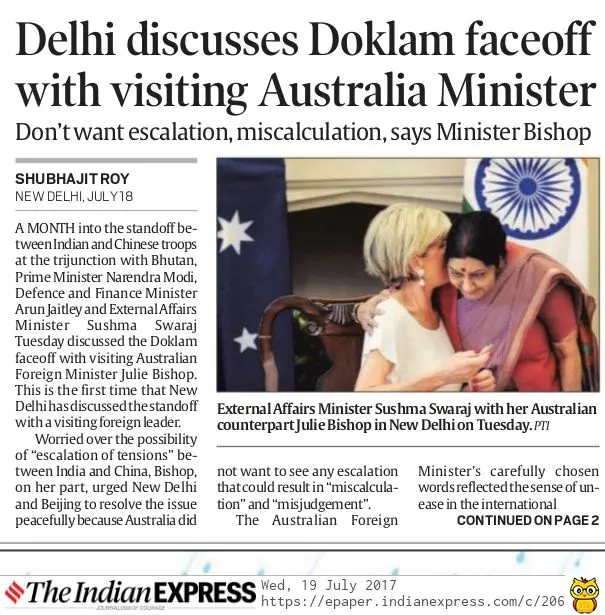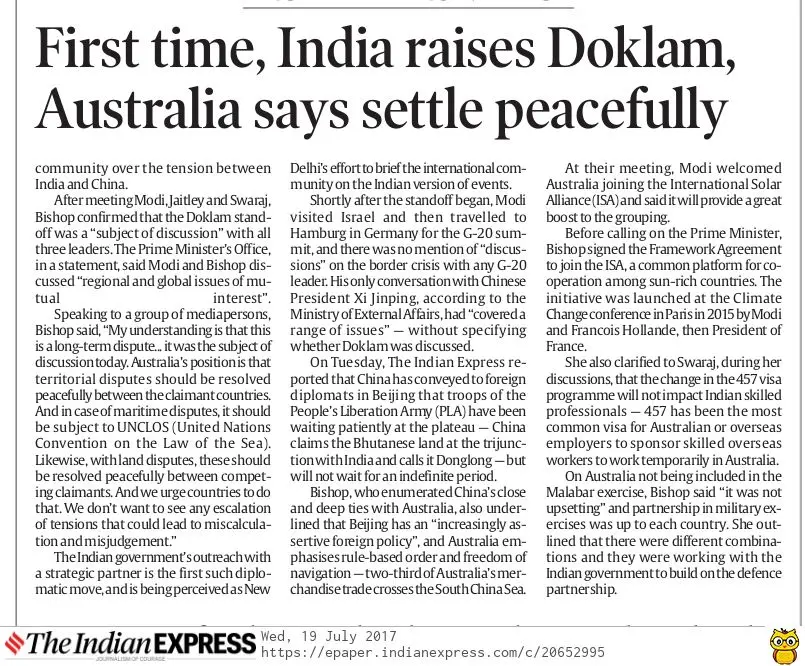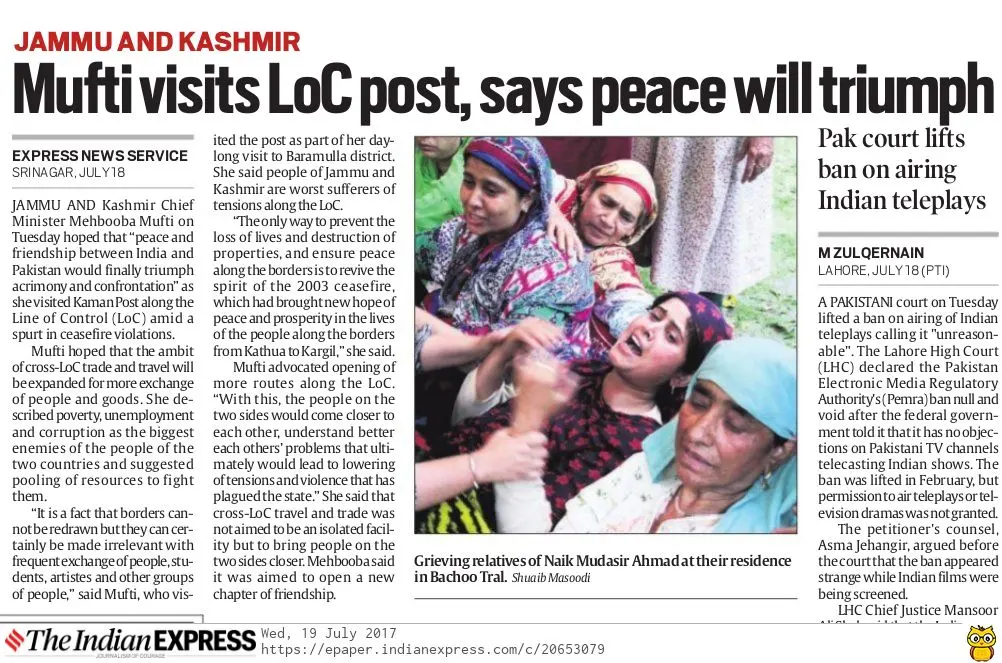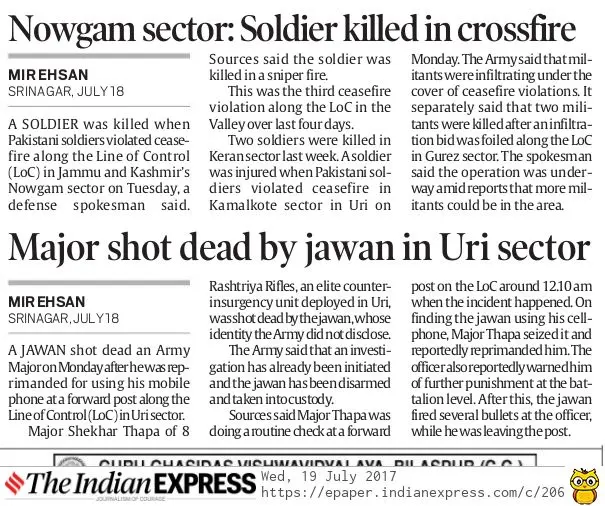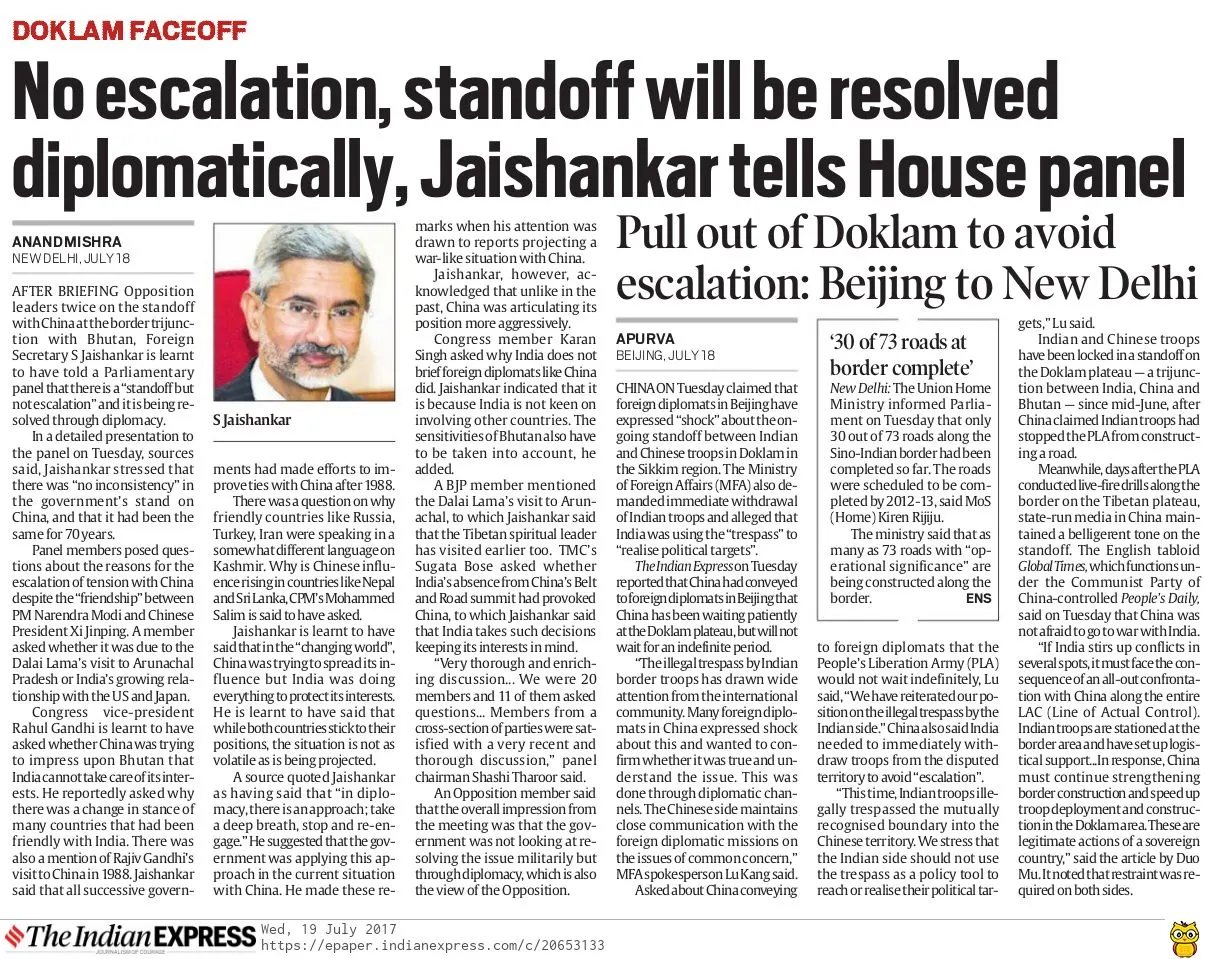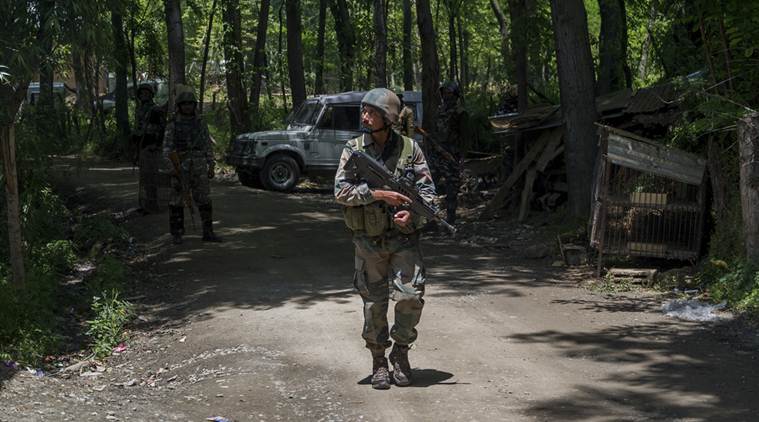
A little over half of 2017 has gone by and the tally of terrorists killed stands at 105, the highest in a number of years. If it is any small consolation to the families, the deaths of Feroz Ahmad Dar and Ayub Pandit have been “avenged” by the killing of those terrorists who perpetrated these horrific acts. There is no doubt in my mind that Abu Ismail, responsible for the attack on the Amarnath yatris, will soon follow in the path of his comrades. This is a result of cooperation and coordination between all security elements operating in Kashmir. It is also apparent that actionable intelligence is flowing in. On the border, the counter-infiltration posture is strong and has limited the number of those who have manged to sneak in. The term “zero infiltration” is a fallacy but Northern Command has done an outstanding job in checking Pakistan’s attempts to stoke terror by pushing in hard core, well-trained terrorists. There is also sustained pressure on the Pakistan Army along the Line of Control. I know that our casualties in cease-fire violations are regularly reported in the media and it appears as if there is an unnecessary tit-for-tat in which the cost is being paid in human lives. However, that the Pakistan Army has refused to reveal its casualties to even its own lawmakers suggests that they have something to hide.
As usual, when times are difficult, the army, police, CRPF and intelligence agencies provide the bright spark in an otherwise gloomy Kashmir environment. Right now the spark is in the successes of security forces in hunting down the terrorists. However, while a great job is being done by our soldiers in killing terrorists, it is also time for other elements in the government to start thinking about the more difficult challenge in Jammu and Kashmir — killing terrorism. How do we gauge success in internal security situations where the conflict is conducted amid an alienated population? To be fair, most militaries and governments around the world have struggled to find the correct metrics which would enable them to adopt the winning strategy. Some of these metrics are not quantifiable and therefore we fall back on those which are easy to count — number of violent incidents, soldiers killed, terrorists killed etc. However, it is equally important to look at the non-tangibles.
This is primarily a war of narratives and ideas. And it is fought in the minds of the population. The “hearts and minds” campaign is not so much about the heart as about the mind. The terrorist who is killed is a son or brother of the village. The heart of the locals will always be with him. The best the government forces can hope for is understanding and respect from the population. This will come about if in the minds of the people there is a feeling that the government cares and is impartial. For a troubled mind, the healing touch works wonders. Extremism finds easy breeding space in a climate of perceived fear of identity, inequality and prejudices. Whether these fears are true or not is unimportant, what is critical is how they are understood by the society. Joseph Goebbels said, “If you tell a lie big enough and keep repeating it, people will eventually come to believe it.” Hence the battle for ideas, where the government narrative must take on not only propaganda and lies but also people’s thoughts. This needs to be urgently addressed.
Kashmiriyat is unique to Kashmir but it is also in harmony with the best values of Indian society — brotherhood among communities and an inclusive character. These values have undoubtedly been under pressure in the last three decades as radical elements have seized control of the social space. Is there any hope? Yes, there is, even though it has emerged in the tragic killings of Lt Ummer Fayaz, Ayub Pandit and the Amarnath yatris. The reaction of the local populace in the condemnation of these incidents and the coming together of all political parties provides a silver lining. In 2006, there was a raging insurgency in Iraq with al Qaeda in a dominant position. Buoyed by its success against the Americans, al Qaeda commenced a brutal and vicious campaign against the locals who were opposed to its brand of fanaticism. Fed up, the Sunni tribes turned against al Qaeda in what is known as the “Anbar Awakening”. This was one of the biggest counterinsurgency success stories in the somewhat disastrous Iraq war and it happened because the locals decided to step up and take control of their lives.
Are we seeing a somewhat similar moment in Kashmir? If we are, the government must seize the opportunity to strengthen the moderate voices in J&K which appeared to have been totally drowned out. This will require specific actions to support civil society groups in J&K and the dampening of shrill rhetoric from some sections of the media.
Community involvement is another key factor in conflict resolution. The community in J&K is largely composed of youth under 30 and many of them are alienated and angry. Their yearning for a better life is reflected in the massive turnout for recruitment rallies but this does not necessarily reflect a pro-state bias. Locals joining terrorist ranks is a serious problem that has grave implications for the future of Kashmiri society. Director General of Police, S.P. Vaid, has called for locals, who have taken up arms, to return to the mainstream. This is absolutely the right message and needs to be followed up by a comprehensive rehabilitation plan which has the support of both the Centre and the state. There is another community whose predicaments need a serious look — the Kashmiri Pandits. They are an integral component of the Kashmiri fabric and unless there is a dignified solution to their difficulties, conflict resolution in Kashmir cannot be considered complete. Today, they have become the unfortunate victims of politics within the state.
It is said that the government has given a free hand to the security forces to go after the terrorists. The army’s hands have never been tied in counter-terrorist operations, but the announcement is good for morale. However, killing terrorists, while important to bring down violence levels and maintain ascendancy, is not the magic bullet for rooting out terrorism. In the decade between 1993 and 2002, the number of terrorists killed every month ranged from 100 to 200. Fifteen years later, the J&K problem is still with us. To resolve it, the government will have to take many more comprehensive steps.
The writer retired as General Officer Commanding-in-Chief of the Indian army’s Northern Command

